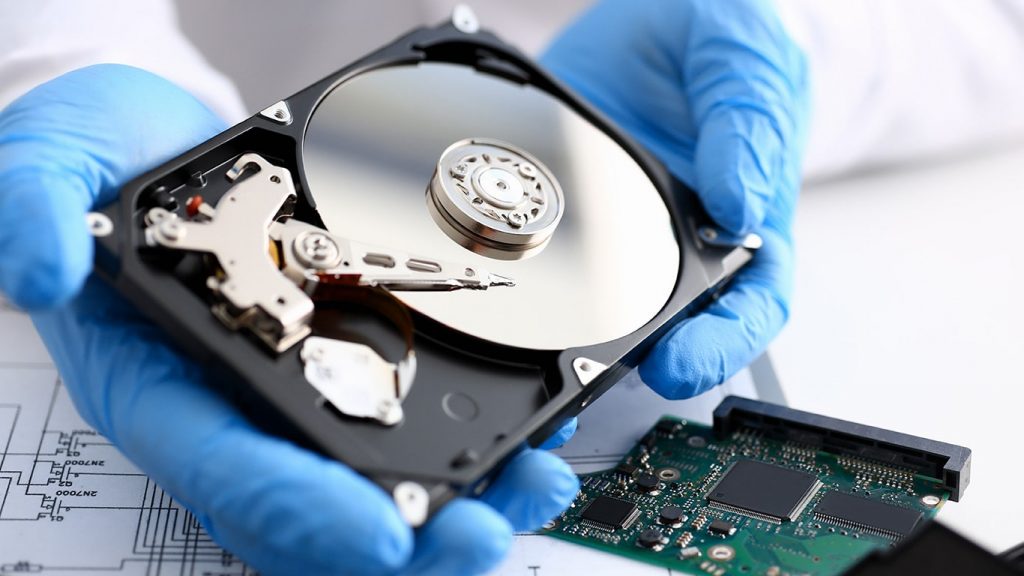You were working on your laptop when it suddenly stopped Data Recovery working and ostensibly refused to start? Your internal HDD or SSD storage medium may be dead, which for you may represent a considerable loss, especially if you do not have a backup. Of course, the fault can also be elsewhere. So how do you know if your hard drive is dead?
How to know the status of your hard drive?
As much to tell you right away a hard drive or a USB key always ends up dying. This kind of incident is even quite common and can be the consequence of a software or hardware failure. How do you know which one is causing your problem?
Software failures :
Software failures are generally due to a malfunction of the operating system installed on the hardware or to human error. It can be accidental Data Recovery loss, mistaken formatting, corrupted file system, virus attack, etc.
Software failures are usually manifested by:
Software failures are the most common and the least dangerous for your hardware and for your data, because the latter can be recovered using special software. However, this can take a mind-blowing time and you may never even get to the end of your troubles.

Hardware failures :
Hardware failures of internal storage media are the result of physical or electronic malfunction of one of the hardware components. They can be caused by a hard shock or an electrical surge, voltage peaks, normal or premature wear of an electrical component, damage to the read heads, a problem with the symmetry or rotation of the discs, etc. Hardware failures of an internal or external storage medium are manifested by:
Hardware failures are the most critical, as they result in significant loss of Youtube data whose recovery is subject to hardware repair. Concretely, to know if your internal storage medium is dead, you must pay special attention to the way it behaves.
How to check the health of your hard drive?
A dead hard drive is one of the worst computer failures that could happen to you. Fortunately, your laptop has a feature with which you can run a scan for bad sectors on your storage media. Windows has a CHKDSK (Check Disk) feature that allows you to have an overview of the health of every corner of your internal storage media.
How to perform CHKDSK on Windows?
This will let you know the status of your internal storage media and detect and possibly repair bad sectors . Checking regularly will help prevent your hardware from failing and planning a backup before it eventually fails . You can also check the health of your storage drive through the BIOS. This procedure is recommended when the hardware is running but not displaying. In this case, once your computer is turned on, you must enter the BIOS using the trigger key. Next, check the “Advanced” menu to see all the drives that are connected to your laptop. If your drive is recognized but does not appear as an accessible drive, the problem may be that the storage media has internal damage. A sound scan can also allow you to check the health of your equipment.